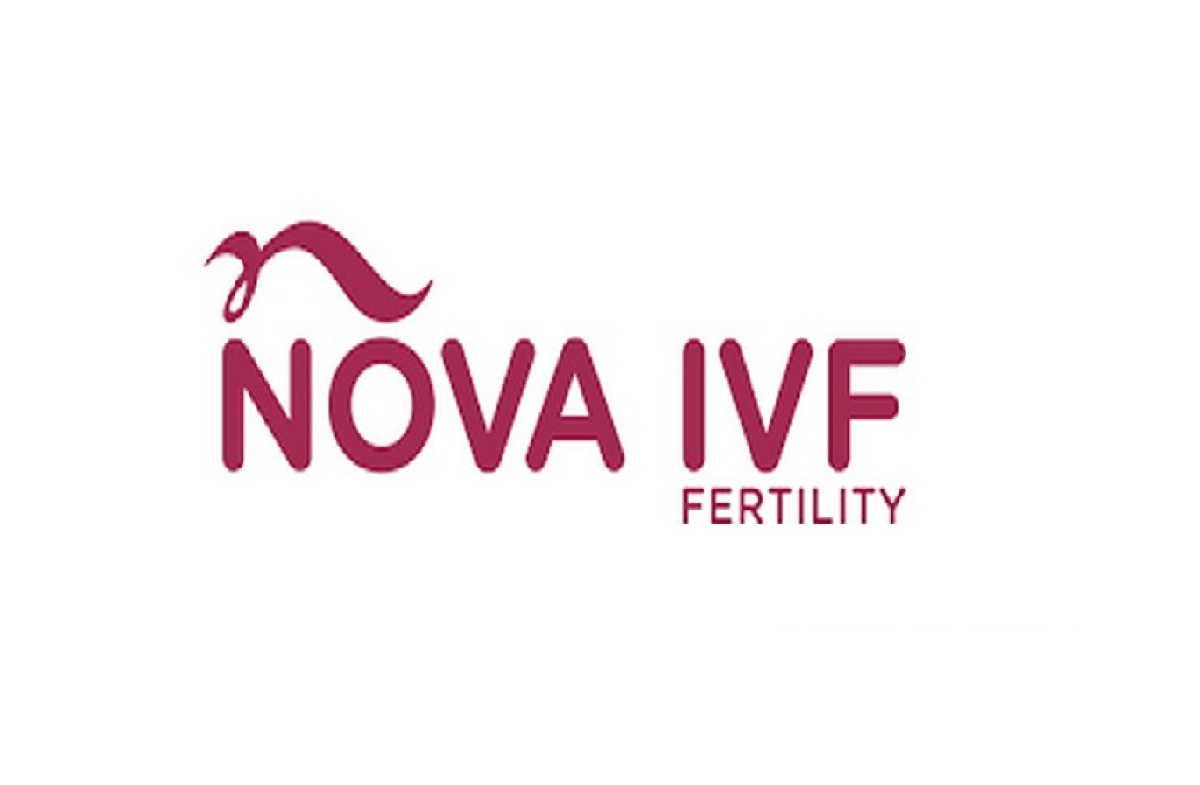The World Gold Council launched a report titled ‘Gold refining and recycling, as part of a series of in-depth analysis on the Indian gold market. The report highlights that amidst India’s growing demand for gold, recycling will continue to be key and the refining industry, which is currently stabilizing after a period of change, will witness steady development. It is estimated that from 2013 to 2021, India’s gold refining capacity increased by 1,500t. Furthermore, over the past five years 11% of the country’s gold supply came from ‘old gold’; driven by movements in the gold price, future gold price expectations and wider economic outlook.
India’s gold refining landscape has changed notably over the last decade, with the number of formal operations increasing from less than five in 2013 to 33 in 2021. The country’s organised gold refining capacity has surged to an estimated 1,800t compared to just 300t in 2013. Gold doré’s share of overall imports has risen from just 7% in 2013 to around 22% in 2021.
Recycling is an important component of gold supply, accounting for 11% of the total Indian gold supply in the last five years. There are three sources of gold recycling: jewellery, manufacturing scrap, and end-of-life industrial scrap. Old jewellery scrap represents the largest source of recycling in India, with an approximate 85% share of the total. Despite being the fourth largest recycler in the world, India recycles little of its own stock of gold – about 8% of the global scrap supply.
In general, Indian refineries tend to focus on producing kilo bars and small minted bars. Small-scale refineries struggle to source gold doré from large-scale mines due to a lack of finance and the scale of their operations.




